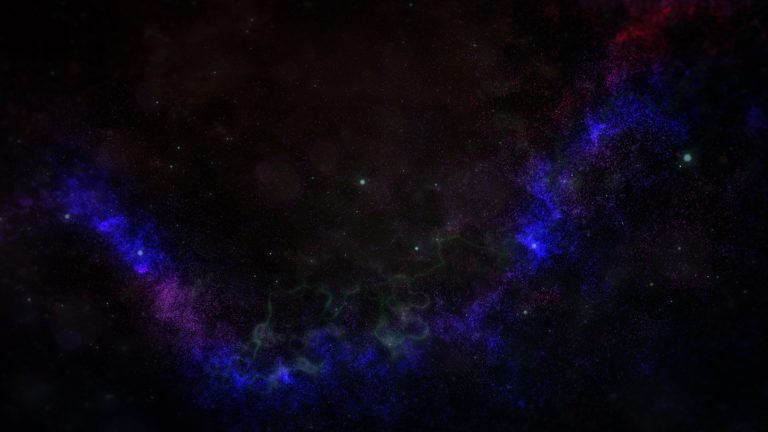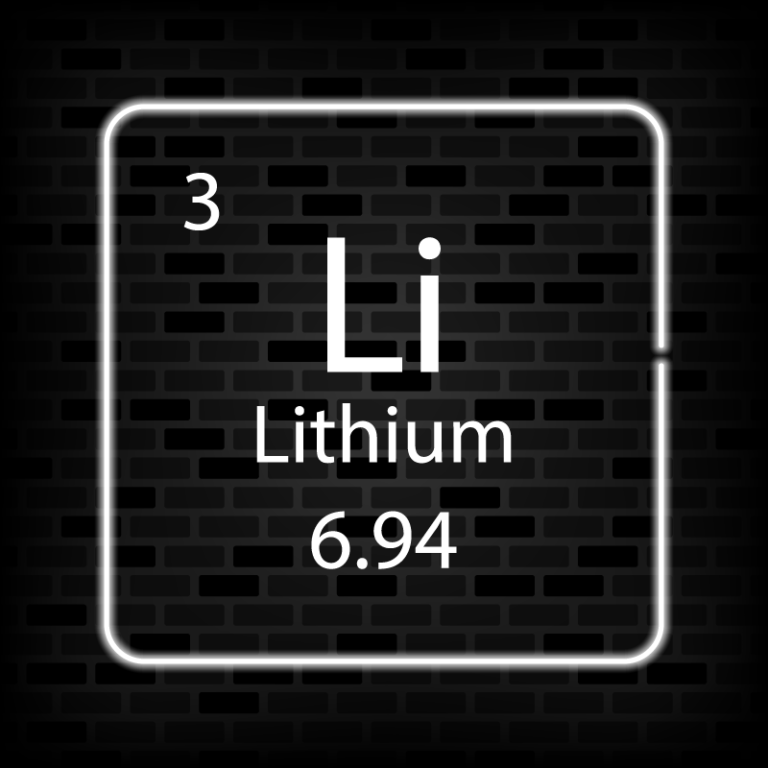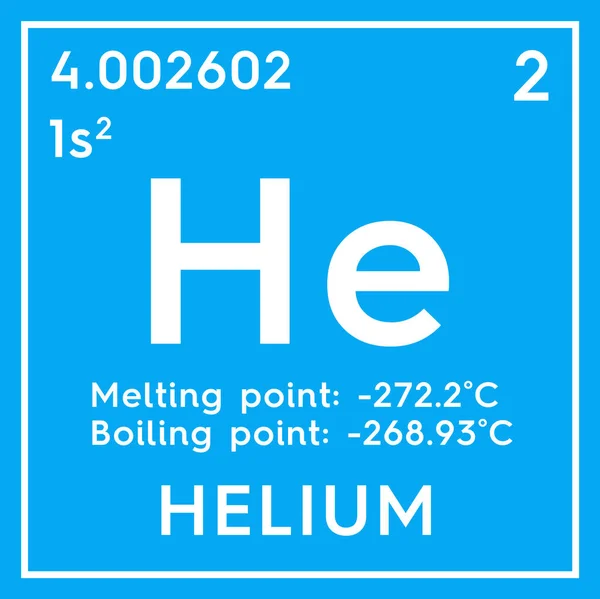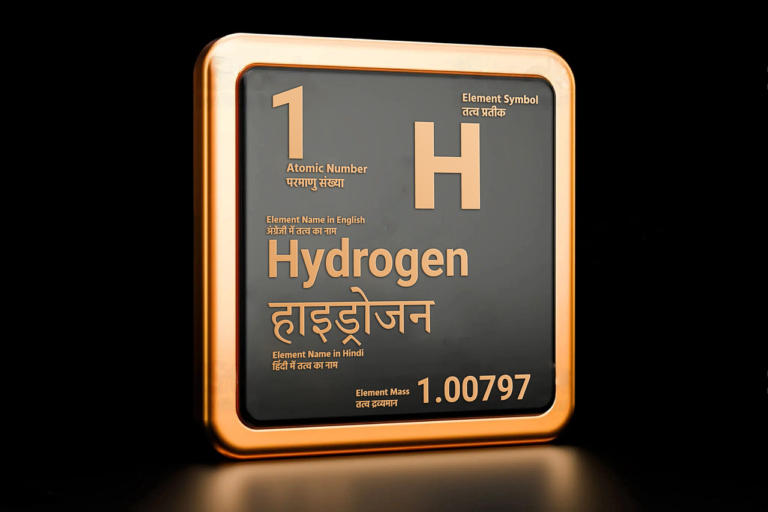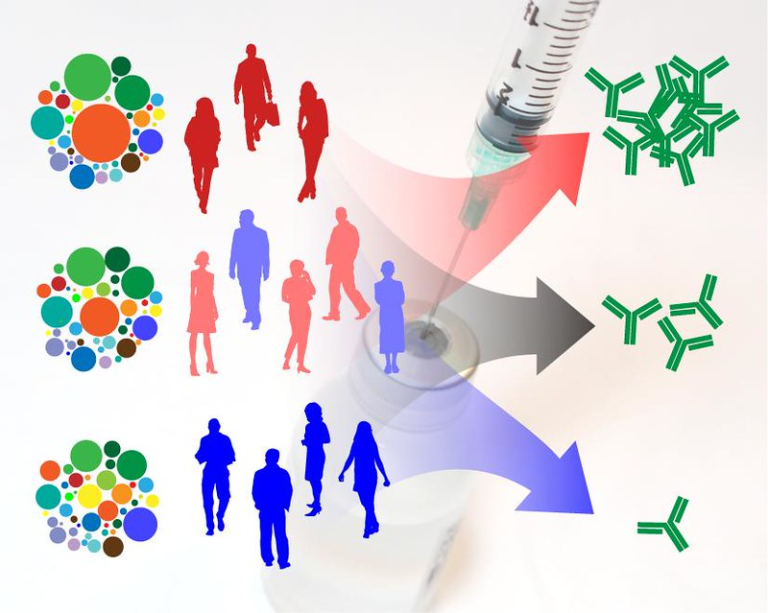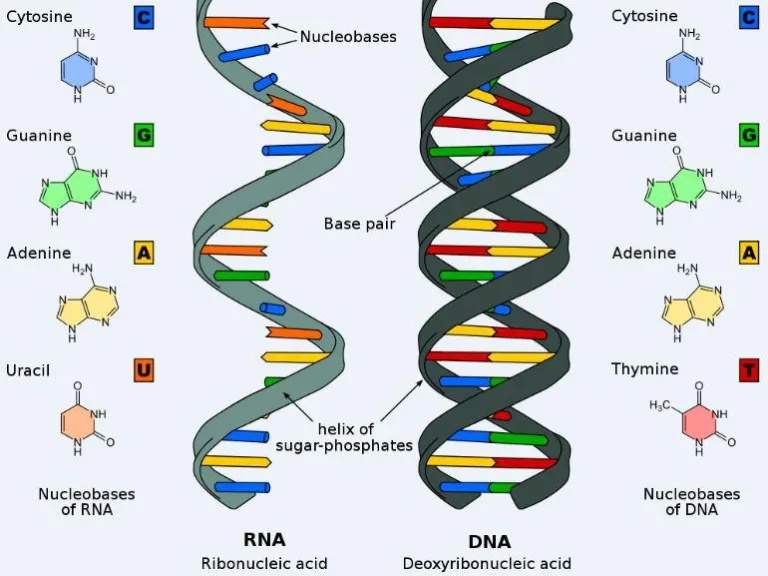We are Launching Live Zoom Classes for 9th and 10th-grade Students. The first batch is from 7th April 2025. Register for a Free demo class.
Aphelion and Perihelion: Key Concepts in Orbital Mechanics
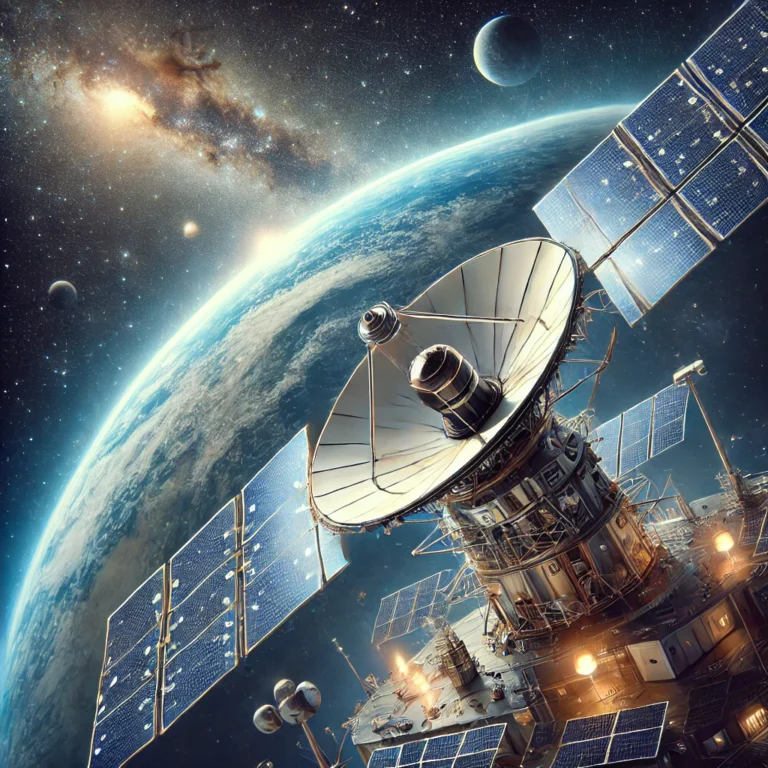
Aphelion and Perihelion: Key Concepts in Orbital Mechanics Abstract Aphelion and perihelion represent fundamental astronomical phenomena that describe the elliptical orbits of celestial bodies around the Sun. These terms refer to the farthest and closest points, respectively, in an object’s…



